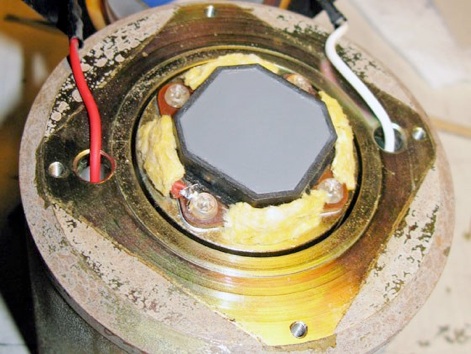Super-tweeter 1 as I found it. FS = 2700Hz, Re = 4Ohm.
Super-tweeter 2 in good state. FS = 2400Hz, Re = 4,6Ohm
Super-tweeter with a bad welding on the voice-coil. (Use frequency from 8KHz to 20KHz)
This wrong welding made by a previous protagonist was source of several issues:
DC resistance shifted down from the original (several turns of wire being welded together), deformed voice-coil, lost of efficiency because of a bad positioning of the powered section of the voice-coil into the magnetic air gap.
It was needed to write technical specifications for the manufacturing of a new custom made voice-coil as close as possible to the original, to strip down the existing voice-coil without making any damage to the beryllium while preserving the spider as much as possible, to put back a new voice-coil.
In the end I had to make a new spider but the beryllium diaphragm remained 100% intact. The assembling of the new voice-coil, the new spider and the diaphragm went perfectly and the measurements shows excellent results when comparing the repaired tweeter with the original.


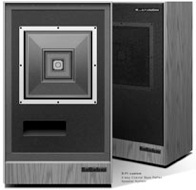
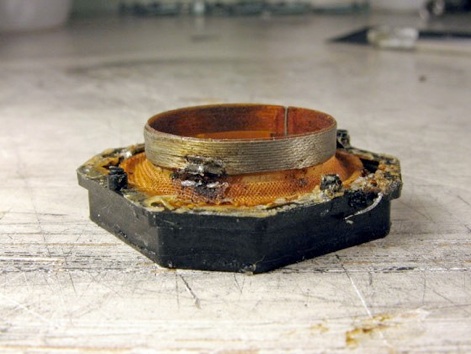

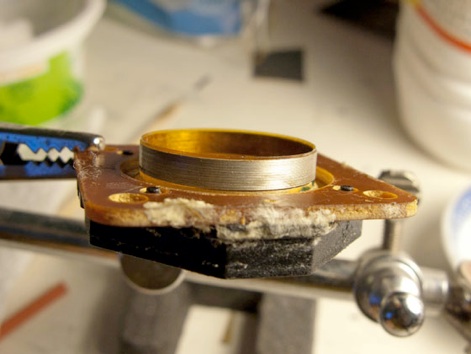

Comparison of the 2 super-tweeters.
At the left, comparison of the two super-tweeters:
The green curve shows the super-tweeter with the bad welding.
The yellow curve shows the super-tweeter in its original condition.
One can easily see the shifted DC resistance.
I can’t explain the bump at 1600Hz on the original super-tweeter though, any idea? In any case, it has no impact on sound.
I think I can explain the small bumps between 5 and 10KHz on the damaged super-tweeter: vibration of some damaged and jutted-out turns of the voice-coil.
A new voice-coil is needed for the super-tweeter 1 and to consider for the super-tweeter 2.
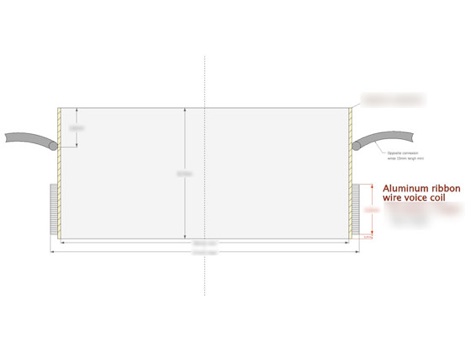
Technical specifications for the new voice-coil after a careful analysis of the one from the super-tweeter in good condition.
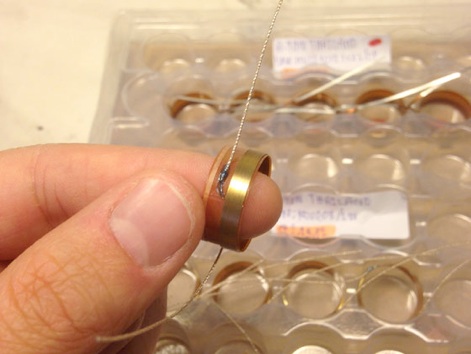
New high-end voice-coil. 4 different models were ordered to get as close as possible to the original.
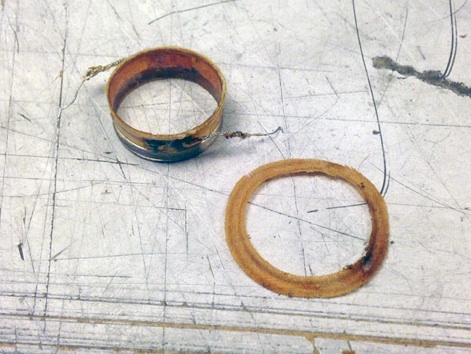
Disassembly of the voice-coil and spider. I did not succeed on the protection of the original spider, a new one is needed !
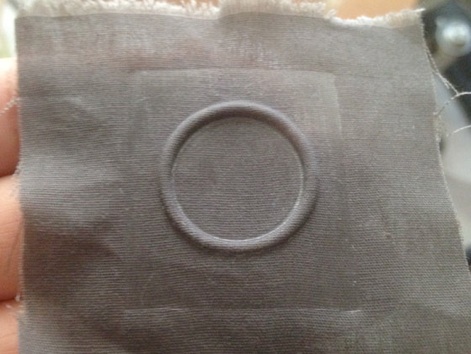
Fabrication of a new spider (with a custom made mold).
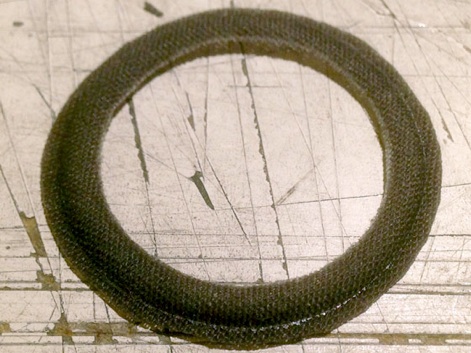
New spider.
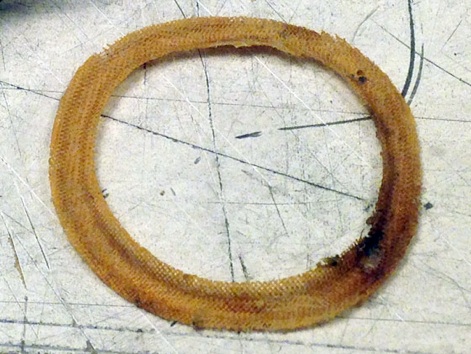
Old spider.
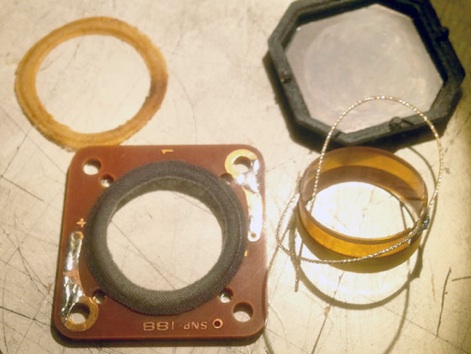
Set before assembling. Note the perfect state of the beryllium diaphragm.
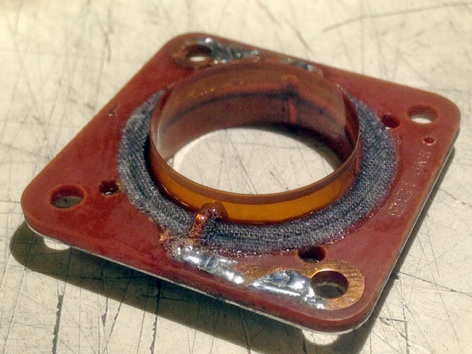
After assembling.
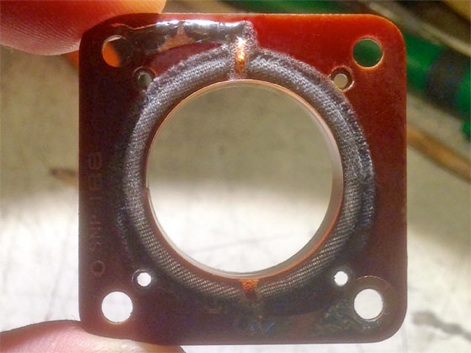
After assembling.
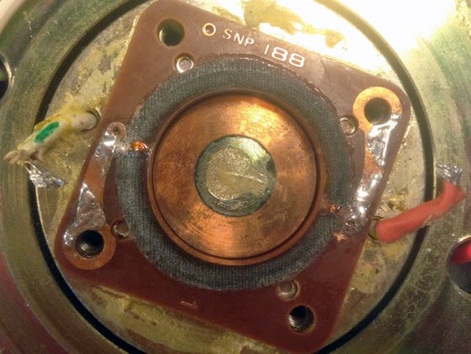
Good centering.
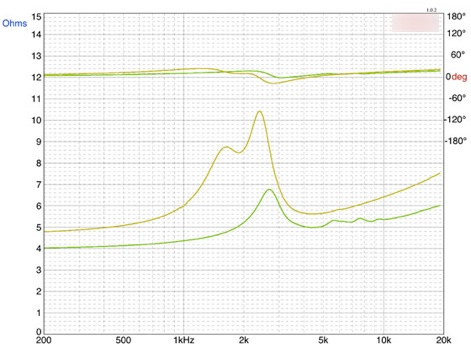

Projects ≫ Project S-F1 custom ≫ Super-tweeter repair
Pioneer S-F1
Super-tweeter repair
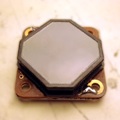
Reassembled super-tweeter.
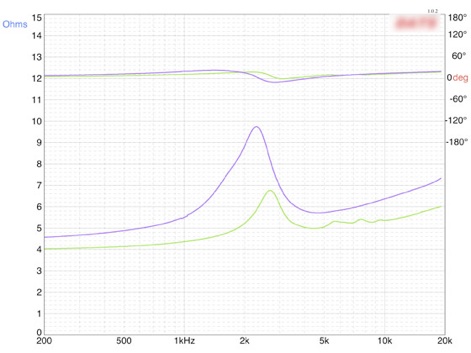
Comparison of before repair (in green) and after repair (in purple).
FSbefore = 2700Hz, FSafter = 2300Hz
Rebefore = 4Ohm, Reafter = 4,4Ohm
Lebefore = 0,060mH, Leafter = 0,075mH
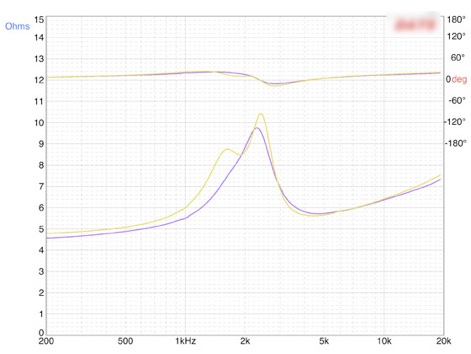
Repaired super-tweeter VS super-tweeter in good condition.
FSrepaired = 2300Hz, FSoriginal = 2400Hz that being 4% of difference
Rerepaired = 4,4Ohm, Reoriginal = 4,6Ohm that being 4% of difference
Note the very good similarity after 5KHz
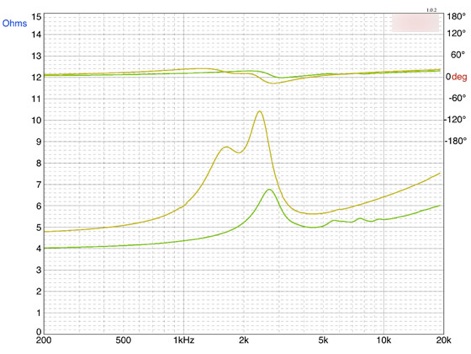
Super-tweeter with bad welding VS super-tweeter in good condition.
FSwelded = 2700Hz, FSoriginal = 2400Hz that being 21% of difference
Rewelded = 4Ohm, Reoriginal = 4,6Ohm that being 13% of difference
Lewelded = 0,060mH, Leoriginal = 0,072mH that being 17% of difference
